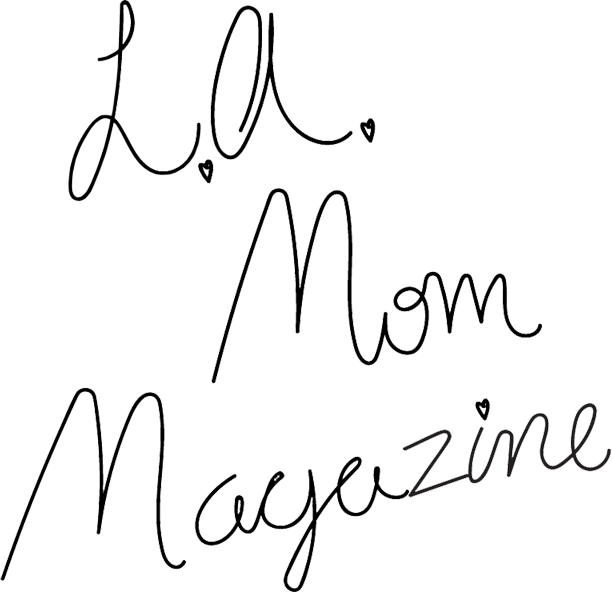Tips from an expert on treatment and prevention of head lice.
By Amy Goldreyer
 Just the thought of head lice can make your head itch. Unfortunately, we all know that head lice happens and if or when you do experience it first hand as a parent, you will want to have some basic head lice knowledge.
Just the thought of head lice can make your head itch. Unfortunately, we all know that head lice happens and if or when you do experience it first hand as a parent, you will want to have some basic head lice knowledge.
Head lice impacts millions of clean heads each year. Head lice should be discussed openly not only to reduce the stigma often associated with it, but also to reduce the spread, through knowledge and a quick response to outbreaks.
What are head lice?
Head lice are tiny 2-4 mm wingless insects. They cannot fly or jump, but they can crawl. 24 hours after mating, a female louse lays her eggs (nits) on the hair shaft about 1/4-inch away from the scalp. A nymph is a baby louse. A nymph takes 7-10 days to mature into an adult louse.
What are nits?
Nits are poppy seed sized eggs attached at an angle to the hair shaft. They can be yellowish or grayish white ovals, most often found near the ears and at the nape of the neck.
What are the symptoms of head lice?
Itching or tickling feeling or red bite marks on the scalp.
How do you get rid of head lice?
There is a wide range of treatment options available for head lice infestations (or pediculosis), including over the counter medications (OTCs), prescriptions, heat treatment, and manual removal. Regardless of the option you choose, it is important to educate yourself about each alternative. Read all labels and fine print carefully to avoid potential side effects caused by misuse, overuse or allergic reaction. Because of the life-cycle of the louse, most treatments require a second treatment. Any treatment will still require manual removal of the dead lice and nits.
Old-fashioned manual removal is still one of the safest, effective and non-toxic treatments available. You can do this yourself or hire a lice removal service to pick the lice and nits.
There is no timeline for when a child can go back to school after a diagnosis. If they have been successfully treated, they can go back the same day. The school should then check to ensure the child is lice free.
How do you prevent head lice?
There is no guarantee you can avoid head lice, but you can reduce risk by wearing product in your hair, as that makes it harder for lice to grab onto individual strands of hair. Having oily hair is also helpful – any oil will do. Girls can wear buns to keep their hair from touching other kids’ hair. Children should not share hair brushes, accessories, or sporting helmets and avoid direct head to head contact with anyone who has been exposed to lice.
If you are diagnosed with lice, you need to wash pillow cases, sheets, and basically anything that has touched the head of the infected person. You can put barrettes, brushes, etc in a bag for two days, or boil it for 20 minutes. Live lice only live off the head for 26 hours, and nits can’t hatch off the head.
Check for lice on a regular basis. Every parent should consider owning a sturdy, metal lice comb. This is the most important tool in the battle against lice. If you aren’t certain how to check or not sure what you see is lice? There is an App for that in the iTunes App store called Is it Lice.
The Hair Whisperers was established in 2006 by Amy Goldreyer to help families get rid of lice in the comfort and privacy of their home. Hair Whisperers offers manual removal and the LouseBuster Treatment, a heat treatment that kills lice and eggs in a single session. For more information about Hair Whisperers services, call 800-319-8751 or visit http://www.HairWhisperers.com.
